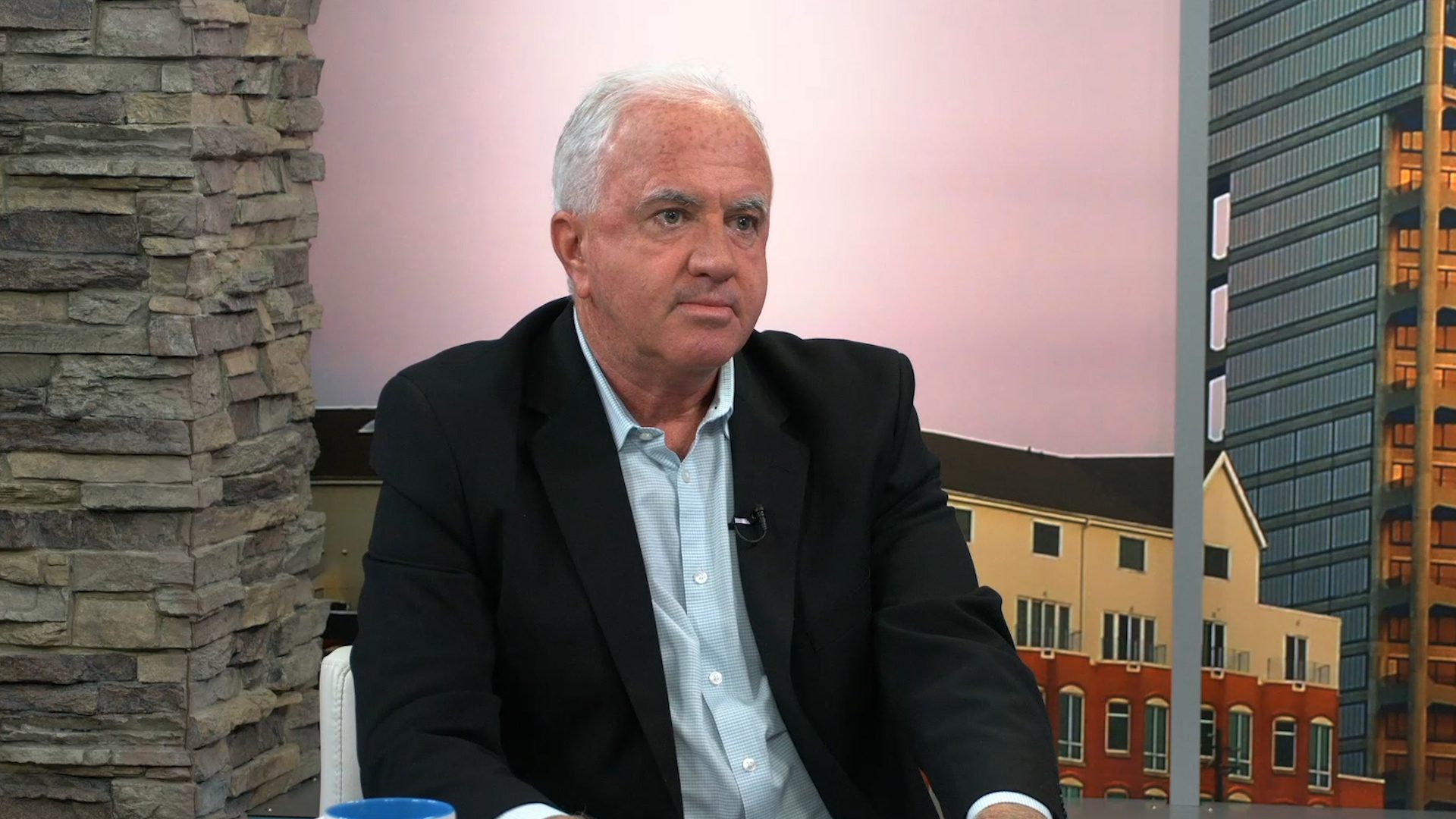Pete MacInnis, Founder, Chairman and CEO of eLEND Solutions, stops by the CBT Automotive Studios as we break down what the CFPB appeal means for the dealers, lenders, and buyers. We also tackle how finance might be holding back digital retailing from taking off and how that could change moving forward.
A few years ago the Consumer Financial Protection Bureau came down hard on automotive lenders as it relates to dealer participation. As of recent, Congress approved a resolution to appeal the CFPB, Congressional Review Act dealer participation guidance. Peter MacInni’s helped explain what this now means for automotive retail and what each party can expect to see moving forward.
“For many decades… there has always been a dealer’s participation program where lenders basically set a buy fee for the dealer. It was all determined based on the buyer’s qualifications. From that standpoint it allowed the dealer to mark it up for them arranging the financing.” says MacInnis as he goes on to explain that because of those actions, Congress began to feel different buyers were paying a wider and higher spread. This caused an investigation and many different opinions to open within and about the automotive industry and was the factor for creating and implementing the dealer participation act to regulate automotive dealers.


Over the years, many believe that Congress acted aggressively towards both the lenders and Dealers and that might be why now we are having a conversation about overturning this rule. When MacInnis was asked why Congress is now seeing things differently he told CBT Automotive, “from the lenders perspective, the CFPB did not have any real credible evidence to do that yet imposed those outrages finds. On the lenders, it was an overreach and obviously, that is what lead to Congress coming back and saying we’re going to undo this”.
Never the less, this is good news for dealers and MacInnis agrees as it will help dealers make more profit and also gives them back some negotiation power for both purchases or trade-ins that can boost total profitability and gets people into cars.
This reversal, as it is good for the auto industry, it is also beneficial for the consumers. “consumers are still getting the same contract APR and average that they would be getting if it was a direct consumer loan or not, so the end rate is about the same” says, MacInnis. “The only difference is that the dealers get to participate now, so it’s a good thing for both.” He concludes.
We also discussed digital retailing and shopper’s transparency and how to do it efficiently on the lending side of vehicle transactions. For more on those subject and how the lenders might be holding back the digital marketing world in automotive retail, be sure to watch our entire interview with Pete MacInnis.








